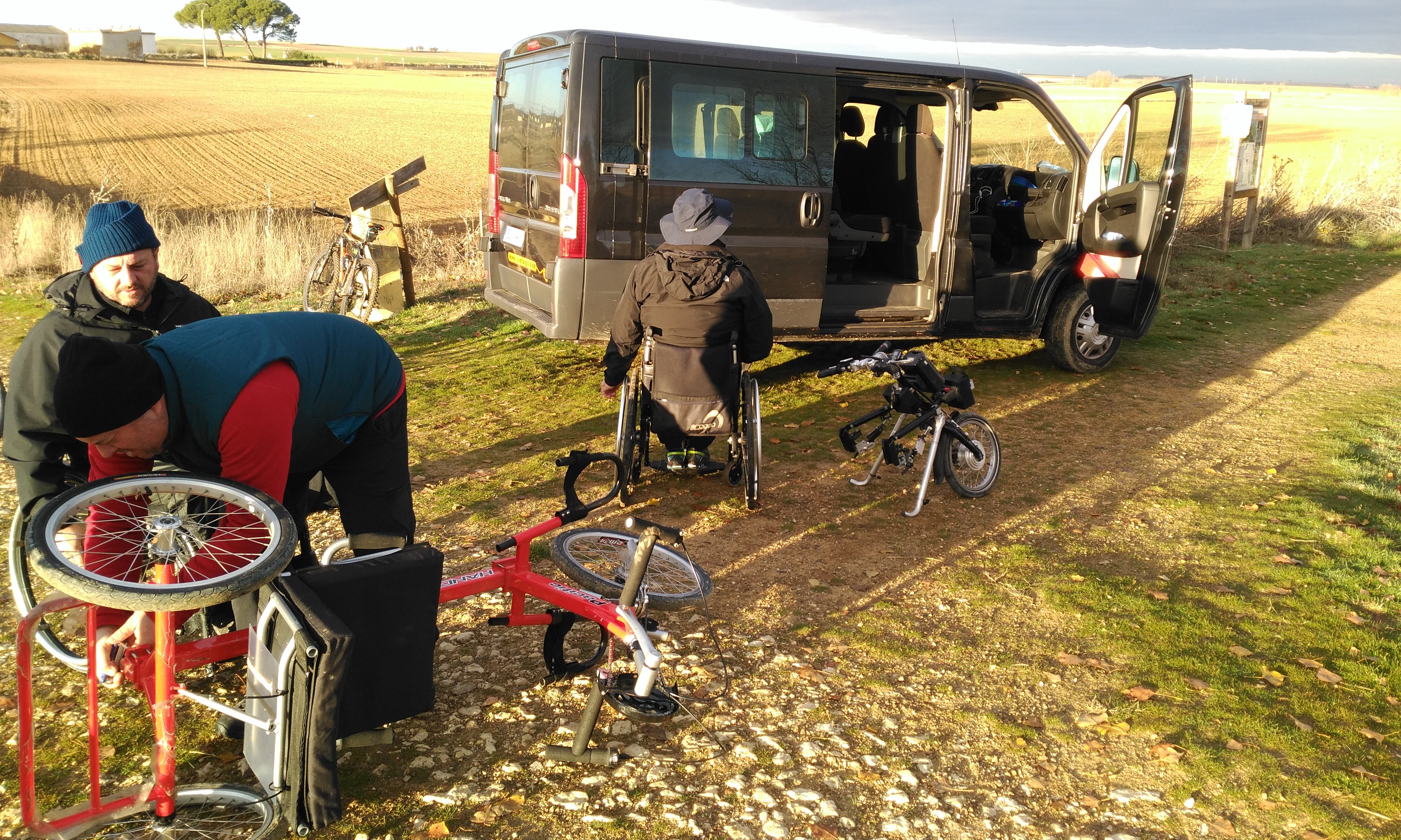S-Cape Travel produced a “Map of Accessibility” of the Way of St. James starting from a preliminary desk analysis of information available (route and relevant tourist resources) and previous field tests performed along two sections:
- Burgos-León (Castilla y León)
- Sarriá-Santiago de Compostela (Galicia)
A priori, the Way of St. James cannot be considered a “fully” accessible route since several obstacles and critical points do not make it practicable and safe for disabled people. However, this first mapping had the purpose of selecting the two most suitable stretches to develop accessible destination packages in Castilla y León and Galicia whilst excluding those which are deemed inadequate to meet the accessibility criteria to develop self-guided destination packages.
Main conclusions and results obtained by the preliminary analysis of information gathered can be summarized as follows:
- Existing information on accessibility of the Way of St. James were so far included in different platforms and guide books.
- Detailed information on accessibility of accommodations, monuments and museums are available, yet not of bars and restaurants. Beyond any doubt, the latter are extremely important in designing destination packages.
- With regard to disability, administrations and entities have concentrated their efforts on specifying resources and legs inconsistently, without making progress in the integration of resources to design comprehensive products for end-users with special needs that can be marketed.
- The actual accessible sections along the route are quite discontinuous. This aspect, and the fact that there are few accommodations equipped with adapted rooms is a limit and at the same time a challenge for this route of pilgrimage to design and develop destination packages for people with reduced mobility (PRM).
- Roads and dangerous/critical obstacles (in the majority of cases associated with steep slopes, high traffic density or dangerous crossroads) played a crucial role when it became necessary to exclude some sections in order to design accessible products.
- When designing a package, the means of transport (wheel chair, hand bike, etc.) shall be taken into account to cover the different aspects concerned: type of surface, speed, length of the route, battery life, transfer to the starting point of each leg and to the accessible accommodation (etc.)
A growing interest to improve accessibility of accommodation facilities and tourist resources is being detected both in the public and private sector. Nonetheless, it is still necessary to work hard to develop integrated products.
Within this European project, designing and marketing of five accessible self-guided destination packages on the Way of St. James for people with different type and degree of disabilities will be elaborated in the months to come: an extremely stimulating challenge for the benefit of universal accessibility!


